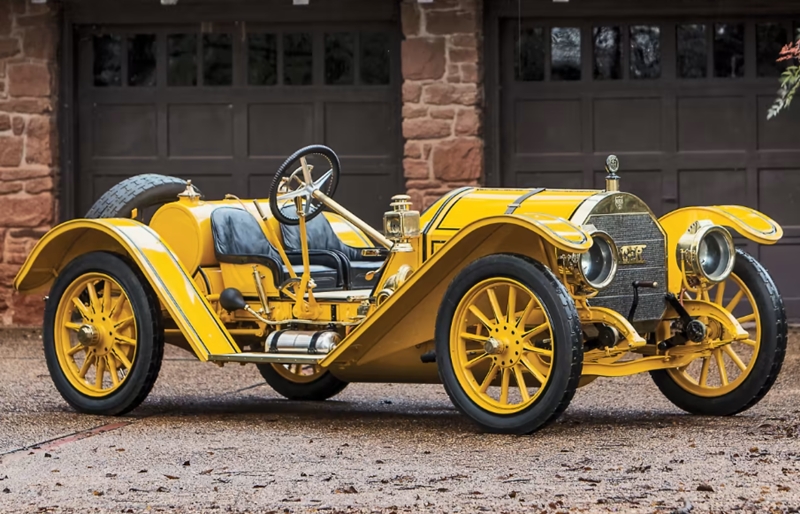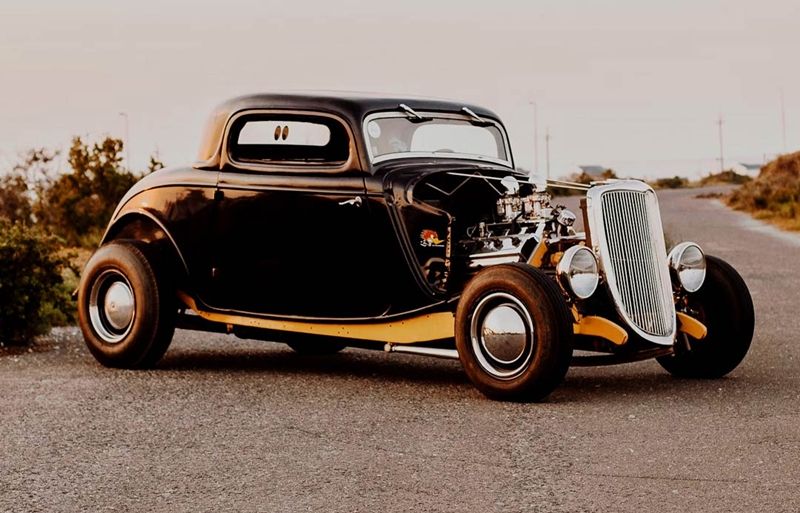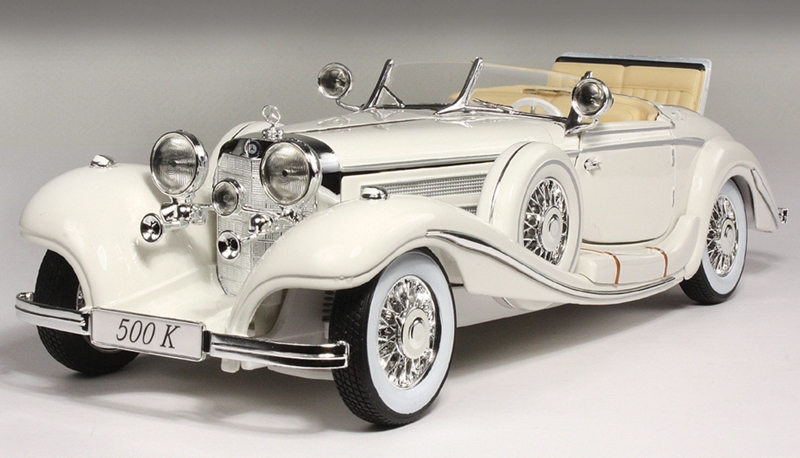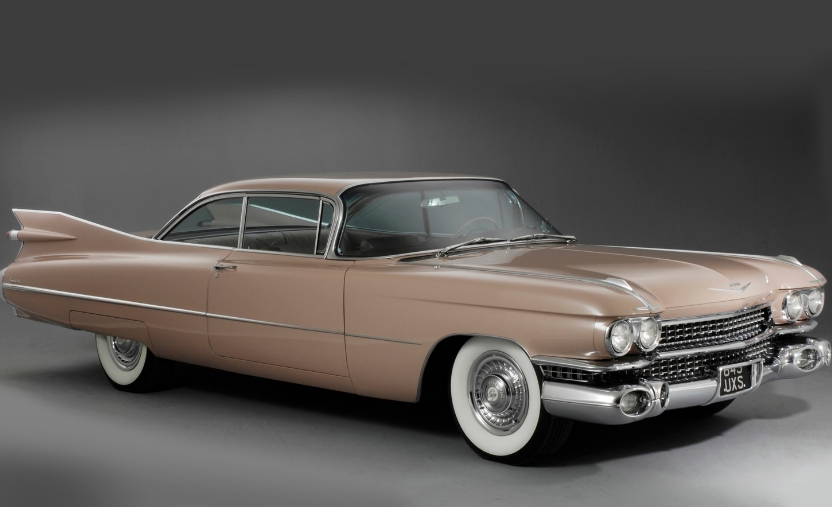Imagine it’s 1905, and you’re walking down a bustling city street when suddenly, a magnificent machine rumbles past. Its polished brass radiator gleams in the sunlight, leather seats beckon luxuriously, and the driver – dressed in goggles and a duster coat – waves confidently as he navigates between horse-drawn carriages. You’ve just witnessed a brass era car in its natural habitat, and honestly? Nothing quite compares to that sight.
Table of Contents
The brass era, spanning roughly from 1896 to 1915, represents one of the most fascinating chapters in automotive history. These weren’t just cars – they were mechanical marvels, status symbols, and works of art rolled into one gleaming package. But what made these brass era cars so special? Why do collectors today pay astronomical sums for these century-old machines? And more importantly, how did these early automobiles shape the entire future of transportation?

Let’s dive into this captivating world where craftsmanship met innovation, and every car was essentially a custom-built masterpiece.
Also read: 1920s Automobiles: 7 Revolutionary Cars That Created Amazing American History
The Birth of an Era: What Defined Brass Era Cars?
The term “brass era” didn’t come out of nowhere – it literally described the prominent use of brass in automotive construction during this period. Brass era cars featured extensive brass components, from radiators and headlamps to horn trumpets and dashboard fittings. But calling them “brass cars” would be selling them short. These vehicles represented humanity’s first serious attempt at mass-producing personal transportation, and boy, did they do it with style!
What truly set these early automobiles apart was their incredible diversity. Unlike today’s standardized vehicles, brass era cars came in an bewildering array of configurations. Steam-powered vehicles competed with electric cars and gasoline engines. Some had tillers instead of steering wheels – can you imagine trying to parallel park with a tiller? Others featured right-hand drive in countries that drove on the right side of the road, simply because manufacturers hadn’t quite figured out the optimal setup yet.
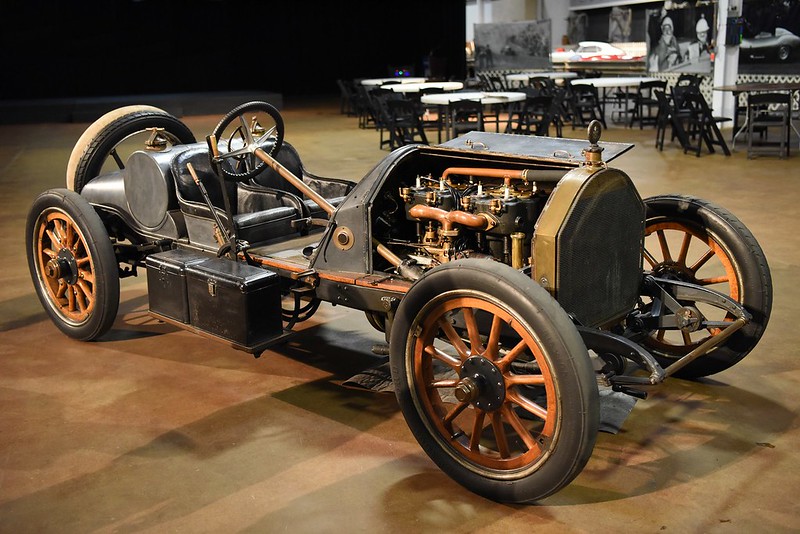
The craftsmanship was absolutely extraordinary. Each brass era car was essentially hand-built, with skilled artisans shaping metal, stitching leather, and polishing brass to perfection. Bodies were often made by separate coachbuilders, the same craftsmen who had been creating horse-drawn carriages for decades. This resulted in vehicles that were as much furniture as they were transportation.
Engineering Marvels: The Technology Behind Early Automobiles
Here’s where things get really interesting – the engineering solutions that brass era cars employed were often wildly different from what we know today. Take engine starting, for instance. No keys, no push buttons, just a hand crank that could literally break your arm if the engine backfired. Talk about user-hostile design!
Many early automobiles used chain drive systems, similar to bicycles, to transfer power from the engine to the wheels. The mechanical complexity was mind-boggling. Some brass era cars featured planetary transmission systems that were operated by foot pedals – imagine learning to drive one of those! Others used sliding gear transmissions that required double-clutching skills that would make modern racing drivers weep.
But here’s what’s truly remarkable: despite their apparent primitiveness, these early automobiles incorporated some genuinely advanced technologies. Progressive steering systems, differential gears, and even early attempts at independent suspension showed up in various brass era cars. The Mercedes 60 HP of 1903, for example, featured a pressed steel chassis, mechanically operated intake valves, and a sophisticated ignition system that wouldn’t look out of place in much later vehicles.
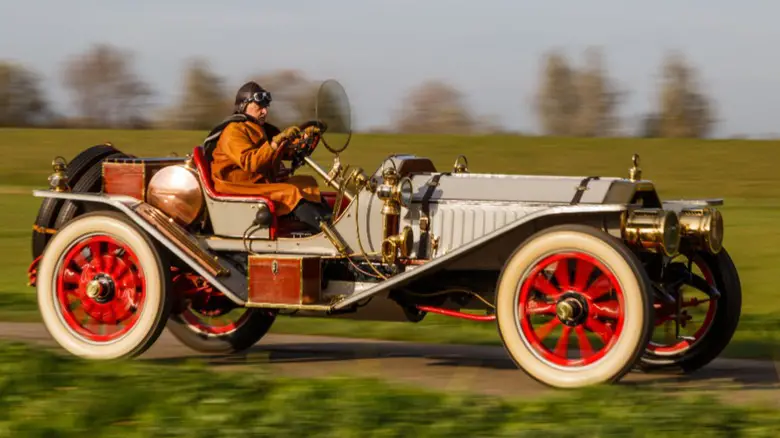
Brass Era Cars Market Analysis (1900-1915)

Note: Prices adjusted for purchasing power equivalent
The Great Powerplant Debate: Steam vs. Electric vs. Gasoline
One of the most fascinating aspects of brass era cars was the genuine uncertainty about which propulsion system would ultimately dominate. It wasn’t obvious that gasoline engines would win – in fact, they were considered the underdog for much of the period!
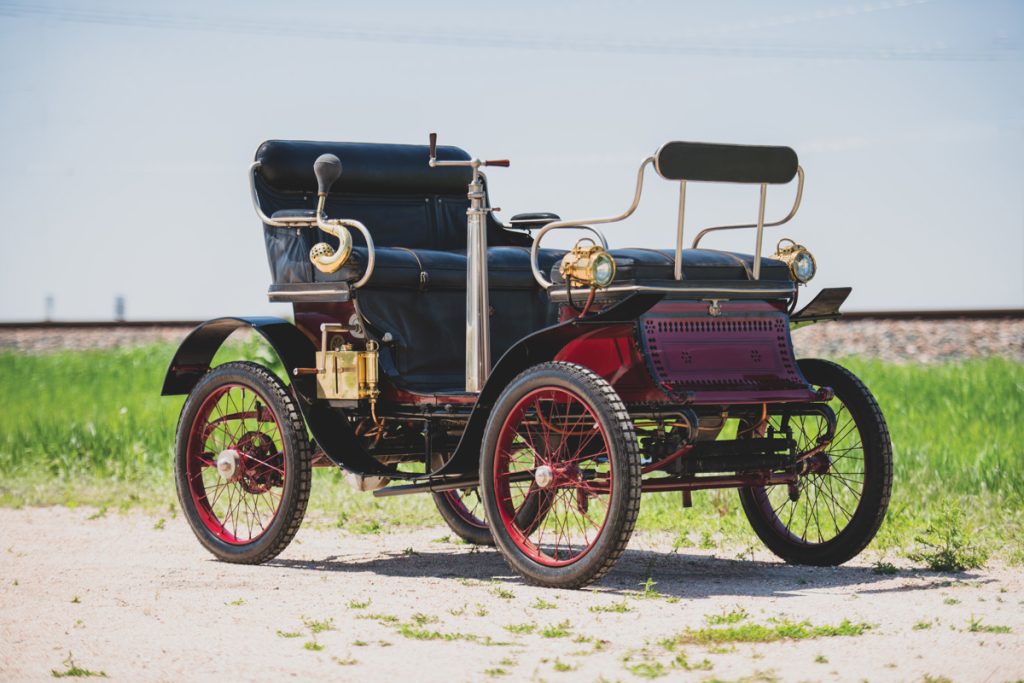
Steam cars were incredibly popular in the early 1900s. The Stanley Steamer could reach 60 mph when most gasoline cars struggled to hit 30. They were quiet, smooth, and produced tremendous torque. But – and this is a big but – they took forever to build up steam pressure, required constant attention to water levels, and had a tendency to explode if neglected. Not exactly ideal for the average driver!
Also read: 7 Amazing Hot Rod History Secrets That Will Blow Your Mind
Electric vehicles dominated city driving in many areas. Brass era cars with electric powertrains were clean, quiet, and required no hand-cranking or gear-changing. The Pope Manufacturing Company produced some absolutely gorgeous electric automobiles that were particularly popular with women drivers. But their limited range and the lack of electrical infrastructure outside cities ultimately doomed them.
Gasoline engines initially seemed like the worst option. They were noisy, smelly, unreliable, and required considerable mechanical knowledge to operate. Yet they offered the best combination of range, power, and refueling convenience. By 1910, it was becoming clear that gasoline-powered brass era cars would dominate the market.
Legendary Manufacturers and Their Iconic Models
The roster of brass era cars manufacturers reads like a who’s who of automotive pioneers. Some names you’ll recognize, others have been lost to history, but all contributed to this incredible period of innovation.
Henry Ford’s Model T, introduced in 1908, arguably represents the end of the brass era’s artisanal approach to car manufacturing. But before mass production took over, Ford produced some stunning brass era cars including the Model A (the first one, not the 1927 version) and the Model S. These early Fords featured brass radiators, acetylene headlights, and hand-crafted bodies that were worlds apart from the utilitarian Model T.
Cadillac established itself as the luxury leader among brass era cars with models like the 1903 Model A and the magnificent 1912 Model 30. These vehicles featured precision engineering, luxurious appointments, and reliability that was remarkable for the era. The Cadillac “Standard of the World” slogan originated during this period, and it was well-deserved.
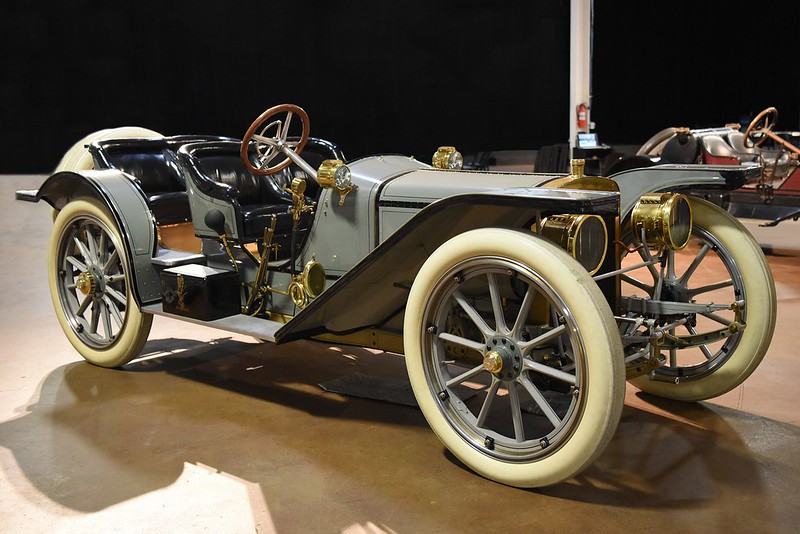
But let’s talk about some of the more exotic brass era automobiles that pushed boundaries. The 1906 Stanley Steamer Model H could reach 100 mph – in 1906! The 1904 Napier featured a massive six-cylinder engine when most cars had single-cylinder powerplants. The Pierce-Arrow Great Arrow models were so luxurious they made contemporary Rolls-Royce vehicles look spartan.
7 Stunning Brass Era Cars That Revolutionized Automotive History
Now, let’s get specific about the models that truly changed everything. These seven brass era automobiles didn’t just transport people – they fundamentally altered how automobiles were designed, manufactured, and perceived by society.
1. Ford Model T (1908) – The Great Democratizer Henry Ford’s masterpiece made car ownership accessible to ordinary families. With its simple design, reliable performance, and revolutionary assembly line production, the Model T transformed automobiles from luxury items into essential tools. By 1915, you could buy one for less than $500!
2. Cadillac Model A (1903) – Precision Perfected This elegant brass era automobiles established Cadillac’s “Standard of the World” reputation through unprecedented manufacturing precision. Its interchangeable parts and consistent quality proved that American manufacturers could match European craftsmanship while exceeding their reliability.
3. Stanley Steamer Model H (1906) – The Speed Demon Who says brass era cars were slow? This steam-powered rocket could hit 100 mph when most gasoline cars struggled to reach 40. It proved that alternative powertrains could deliver breathtaking performance, influencing automotive engineering for decades.
4. Mercedes 60 HP (1903) – Engineering Excellence This German masterpiece introduced advanced features like pressed steel chassis construction and sophisticated valve timing. Many consider it the first truly modern automobile design, setting engineering standards that brass era cars worldwide would follow.
5. Pierce-Arrow Great Arrow (1904-1907) – Luxury Redefined These magnificent brass era automobiles established what automotive luxury should look like. With hand-crafted interiors, precision engineering, and attention to detail that made Rolls-Royce take notice, Pierce-Arrow defined premium automotive standards.
6. Oldsmobile Curved Dash (1901-1907) – Mass Appeal Pioneer Before Ford’s assembly line, Oldsmobile proved there was massive demand for affordable, reliable transportation. Selling over 19,000 units, it demonstrated that brass era cars could be both practical and profitable in large numbers.
7. Pope Manufacturing Electric (1897-1905) – The Clean Alternative These sophisticated electric vehicles were quiet, clean, and specifically marketed to women drivers. They proved that brass era cars didn’t need to be noisy, smelly, or difficult to operate, influencing automotive design philosophy for generations.
Each of these models didn’t just transport people – they revolutionized different aspects of automotive design, manufacturing, marketing, or social acceptance that shaped the entire future of the automobile industry.
The Social Impact: How Brass Era Cars Changed Society
Here’s something that might surprise you – brass era automobiles didn’t just change transportation, they revolutionized society itself. Before automobiles, your social circle was essentially limited to people within walking distance or a short train ride. The automobile expanded social possibilities exponentially.

Rural communities, previously isolated except for occasional trips to town, suddenly had access to broader markets, entertainment, and social opportunities. Brass era cars began breaking down the rigid class structures that had defined society for centuries. Sure, cars were initially expensive toys for the wealthy, but they represented a level of personal freedom that had never existed before.
The impact on women’s liberation was particularly profound. brass era automobiles gave women unprecedented mobility and independence. Electric vehicles were specifically marketed to women, with advertisements emphasizing their cleanliness and ease of operation. Many women learned to drive and maintain their own vehicles, developing mechanical skills that challenged traditional gender roles.
Dating and courtship changed dramatically thanks to brass era cars. The concept of “going for a drive” created new social dynamics and, frankly, new opportunities for romantic encounters away from parental supervision. The automobile enabled the development of suburbs, as people could now live farther from their workplaces.
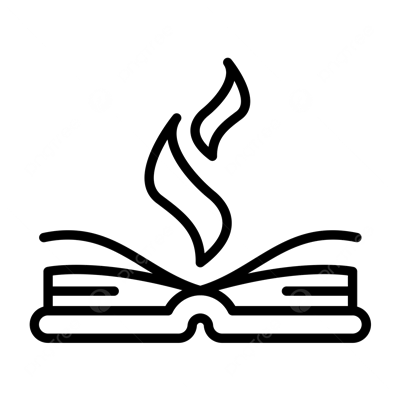
Common Myths About Brass Era Cars
Myth 1: All brass era cars were unreliable and constantly breaking down This is simply not true. While early automobiles required more maintenance than modern cars, well-maintained brass era cars were remarkably reliable. Many manufacturers offered comprehensive service networks, and skilled mechanics could keep these vehicles running for decades.
Myth 2: Brass era cars were slow and underpowered Some brass era automobiles were indeed modest in performance, but others were absolute rockets. The 1906 Stanley Steamer Rocket set a land speed record of 127 mph that stood for years. Many brass era racing cars could easily exceed 60 mph when contemporary roads barely supported such speeds.
Myth 3: Only the wealthy could afford brass era cars While expensive initially, brass era cars became increasingly affordable throughout the period. Ford’s Model T, introduced in 1908, was specifically designed to be affordable for middle-class families. By 1915, used brass era vehicles were accessible to working-class buyers.
Myth 4: Brass era cars were primitive and poorly engineered The engineering sophistication of many brass era automobiles was remarkable. Features like four-wheel brakes, independent suspension, and precision engine management appeared in various forms during this period. These weren’t crude machines – they were sophisticated mechanical devices built by skilled craftsmen.
Brass Era Cars: Technical Specifications Comparison

Collecting and Restoring Brass Era Cars Today
The market for brass era cars today is absolutely fascinating. These vehicles represent some of the most desirable collector cars in existence, with pristine examples selling for hundreds of thousands or even millions of dollars. But why are they so valuable?
First, rarity plays a huge role. Production numbers for most brass era cars were tiny by modern standards. Many manufacturers produced fewer than 1,000 vehicles annually, and survival rates are low. Finding a complete, original brass era automobile is like discovering buried treasure.
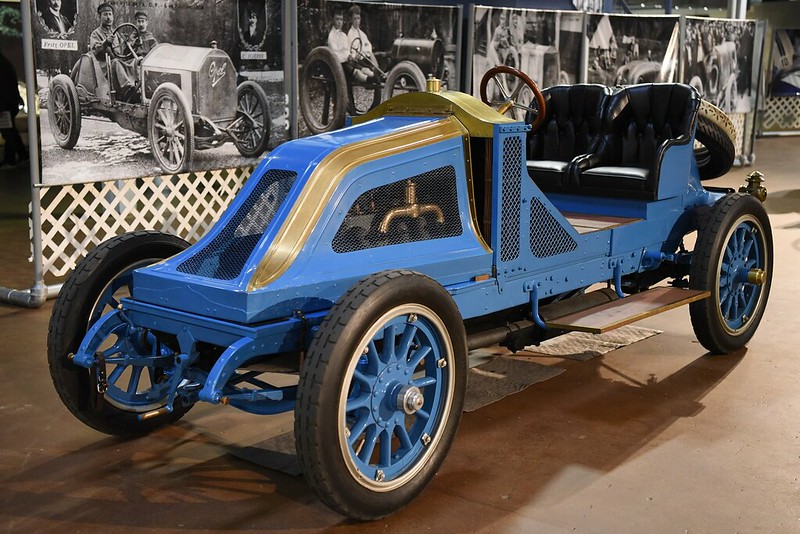
The craftsmanship appeals to modern collectors who appreciate hand-built quality. In our age of mass production, the individual attention lavished on each brass era car is remarkable. Every brass fitting was hand-polished, every leather seat was individually stitched, and every wooden dashboard was carefully crafted by skilled artisans.
Restoration challenges are significant but rewarding. Many components for brass era cars must be hand-fabricated by skilled craftsmen using traditional techniques. Brass foundries, leather workers, and coachbuilders who understand period-correct methods are increasingly rare, making restoration a race against time.

The Legacy: How Brass Era Cars Influenced Modern Automotive Design
The influence of brass era cars on modern automotive design is more profound than you might realize. Many features we take for granted today were pioneered during this period. The basic layout of engine-in-front, driver-behind-steering-wheel, passengers-in-enclosed-compartment was established by brass era designers.
Safety features that seem modern often have brass era origins. The first automotive safety glass was developed for brass era cars after numerous accidents involving windshield injuries. Early seat belts, though primitive, appeared in some racing-oriented brass era vehicles. Even the concept of crumple zones was understood by some manufacturers who designed flexible front ends to absorb impact energy.
The aesthetic influence is equally important. The proportions, stance, and visual elements that define automotive beauty were largely established during the brass era. Modern luxury cars still echo the visual themes pioneered by brass era cars: long hoods, prominent grilles, and carefully crafted details that suggest quality and craftsmanship.

Downloadable Resource: Brass Era Cars Identification Guide

FAQ: Brass Era Cars
-
What exactly defines the “brass era” in automotive history?
The brass era typically spans from 1896 to 1915, defined by the prominent use of brass components in automotive construction. Brass era cars featured brass radiators, headlamps, horn trumpets, and dashboard fittings, along with hand-crafted construction techniques that emphasized quality over quantity.
-
Were brass era cars actually reliable enough for daily use?
Well-maintained brass era cars were surprisingly reliable for their time. While they required more attention than modern vehicles, many were used for daily transportation. The key was understanding their maintenance requirements and having access to skilled mechanics who understood the technology.
-
How much did brass era cars cost compared to average incomes?
Early brass era cars were expensive, often costing $1,000-$3,000 when average annual incomes were $500-$600. However, prices dropped significantly during the period, with Ford’s Model T eventually selling for under $300 by 1925.
-
Can you still drive brass era cars on modern roads?
Many brass era cars can be legally driven on modern roads, though their performance characteristics require careful consideration. Top speeds of 30-50 mph, manual transmissions, and drum brakes require adjusted driving techniques and route planning.
-
What’s the most valuable brass era car ever sold?
The 1904 Rolls-Royce 10 hp Two-Seater holds auction records for brass era cars, selling for over $7 million. However, values vary significantly based on rarity, condition, provenance, and historical significance.
-
How many brass era cars survive today?
Estimates suggest fewer than 10% of all brass era cars survive today. Production numbers were relatively small, and many vehicles were scrapped during metal drives in both world wars or simply wore out through use.

Final Thoughts: The Enduring Magic of Brass Era Cars
Standing before a pristine brass era car today is like looking through a window into humanity’s boundless optimism and ingenuity. These magnificent machines represent a unique moment in history when anything seemed possible, when craftsmen took pride in every detail, and when the future was being invented one gleaming brass fitting at a time.
The brass era cars weren’t just transportation – they were statements of human achievement, symbols of progress, and works of art that happened to move under their own power. They represent a time when manufacturers competed not just on price or efficiency, but on beauty, craftsmanship, and innovation.
Need a mechanic? Find one on the Mobile Mechanic Directory
Today, as we navigate discussions about autonomous vehicles, electric powertrains, and sustainable transportation, there’s something profoundly inspiring about the brass era cars and their creators. They remind us that the automotive industry was built by dreamers, tinkerers, and artists who saw transportation not as a commodity, but as an expression of human creativity and ambition.
Whether you’re a serious collector, a casual enthusiast, or simply someone who appreciates beautiful machinery, brass era cars offer a glimpse into a world where every vehicle was special, every journey was an adventure, and every drive was a celebration of human ingenuity. Now that’s something worth preserving, don’t you think?

